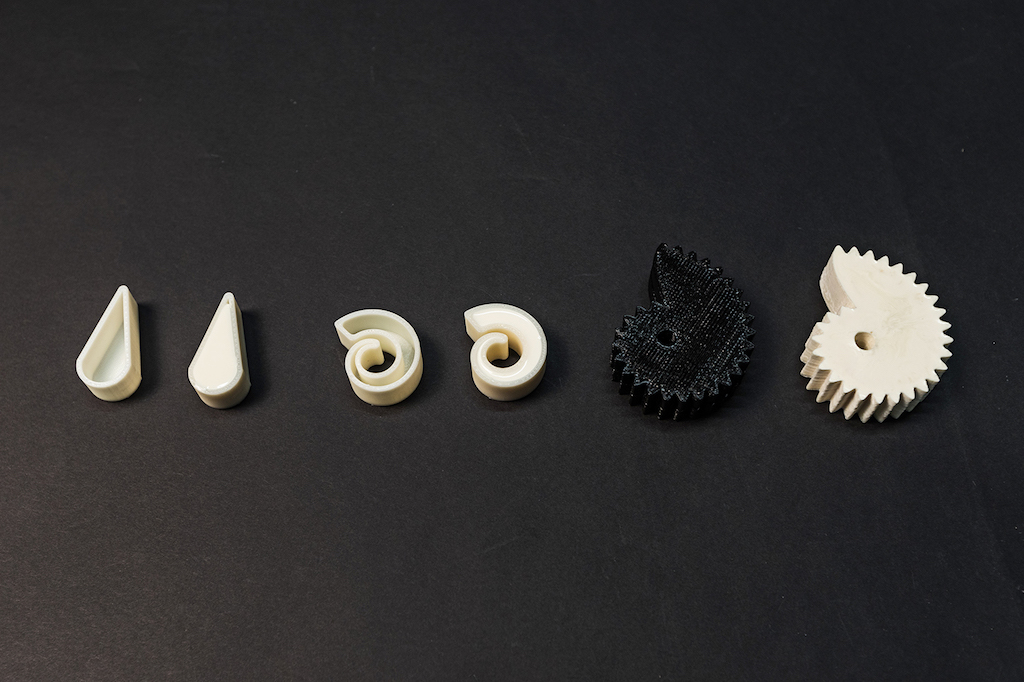Fraunhofer IPA researchers combined additive manufacturing and injection molding to create the Additive Freeform Casting process which benefits from the advantages of both technologies.
Injection molding is a great way of producing big batches for a reasonable price. 3D printing offers the creation of small individual parts; the technology is usually cheaper and quicker. However, it certainly isn’t a fail-proof choice every time. For example, print lines can cause weaker points, which is where injection molding has a major advantage.
But, researchers from Fraunhofer Institute for Production Engineering and Automation (IPA) are now harnessing the advantages of both technologies. They’ve come up with a process which combines both an additive process with a casting process and they’re calling it additive free-form casting.
This means that a shell or mold is first 3D printed using the FDM process. The researchers use plastic polyvinyl acetate (PVA) for printing which is water soluble.
This shell is then filled with polyurethane or epoxy resin. Polyurethane takes just three minutes to dry. After this layer is built up and cured, the mold can be removed by putting the whole part in water.
As a result, researchers have an additively manufactured print which has injection molded characteristics. This drastically reduces the disadvantages of 3D printing.
Free-Form Casting Perfect for Small Quantities of Large, Complex Components
Free-form casting 3D printers have a unit for two-component materials. This means it’s possible to pour the filling material into the mold or case without moving or disrupting the print.
Every aspect of creating the part, from printing the mold to adding the Polyurethane filling can be done in one go. Essentially, free-form casting is completely digitized, like 3D printing is.
However, it improves on the negatives of 3D printing such as; poor mechanical properties due to nozzle lines, taking a long time to build up a large component and only being able to print plastic with FDM printers.
The researchers explain that this process produces more stable prints because Polyurethane or epoxy resin fills the mold completely meaning no air bubbles are created.
This process is best for creating small quantities of large, complex components. The researchers suggest using the process for manufacturing electrically insulating components, foams, and upholstery required for security elements.
A preliminary research project has been completed which demonstrates the feasibility of free-form casting. However, researchers now want to work with industry partners to develop the process further. Find out more over on the Fraunhofer website.
Source: Fraunhofer IPA

License: The text of "Fraunhofer IPA Combine 3D Printing and Injection Molding Advantages" by All3DP is licensed under a Creative Commons Attribution 4.0 International License.